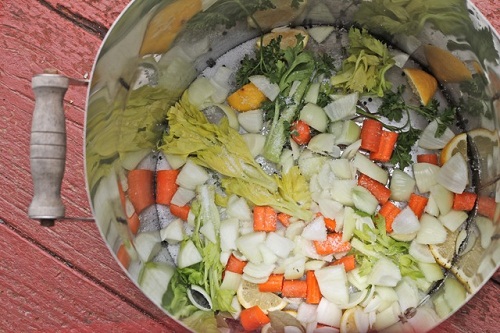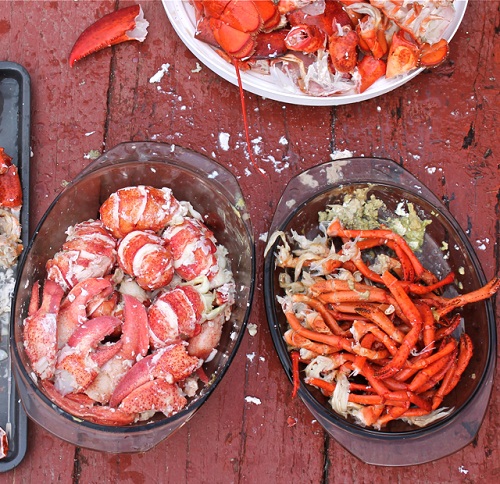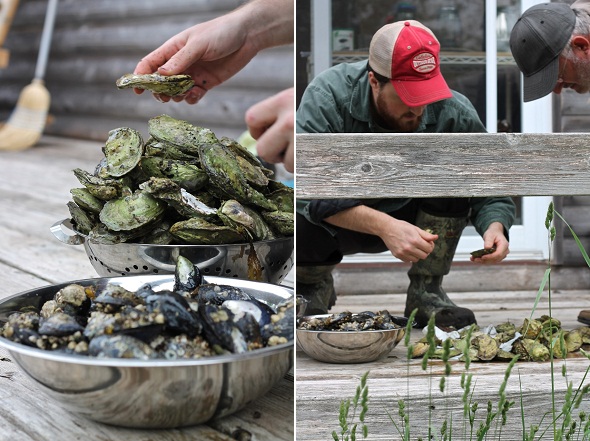 "Contentez-vous de peu et vous serez toujours heureux."
My parents came to visit this week and so did my girlfriend's family. We all had a great time together, enjoying the scenery, the food and a few drinks. Since the weather has been so chill and the water so cold, we also went oystering and musseling. One afternoon we set out at low tide and returned a little later with no less than eighty oysters and sixty mussels, all of them wild, fresh, and mind-blowingly good. We ate the shellfish on the back deck, now also known as the Weekend Oyster Bar.
"Contentez-vous de peu et vous serez toujours heureux."
My parents came to visit this week and so did my girlfriend's family. We all had a great time together, enjoying the scenery, the food and a few drinks. Since the weather has been so chill and the water so cold, we also went oystering and musseling. One afternoon we set out at low tide and returned a little later with no less than eighty oysters and sixty mussels, all of them wild, fresh, and mind-blowingly good. We ate the shellfish on the back deck, now also known as the Weekend Oyster Bar.
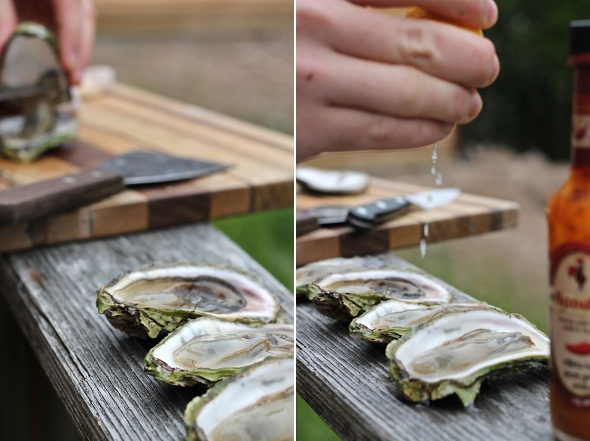
We slugged a couple of oysters with lemon and cold Canadian beer. The mussels I cooked with vermouth (as martinis were in demand), and my mother found seven tiny pearls in one of them. Later on I served the rest of the oysters with shallots, garlic and tomatoes tossed over pasta. You'll find the recipe for that below.
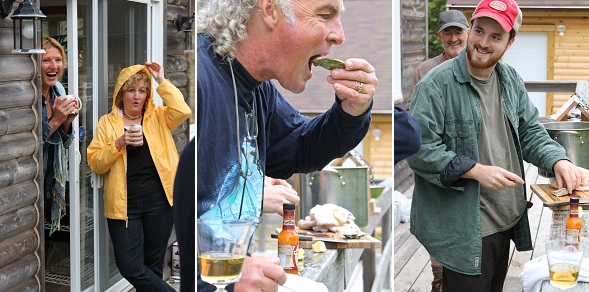
On sunny Father's Day we went around the Cabot Trail, stopping every few kilometers to take in another dramatic view, explore a pebbly beach, or check out the local crafts. I'm so glad to live in an area that is not only beautiful and wild but also home to woodworkers, potters, leathersmiths, metal sculptors and glass blowers--in essence, home to artists and creative individuals. Here are a few of the shops whose wares I will be featuring on the blog.
Leather goods - Leather Works Cutting boards - Woodsmiths Studio Plates and more - Big Hill Pottery
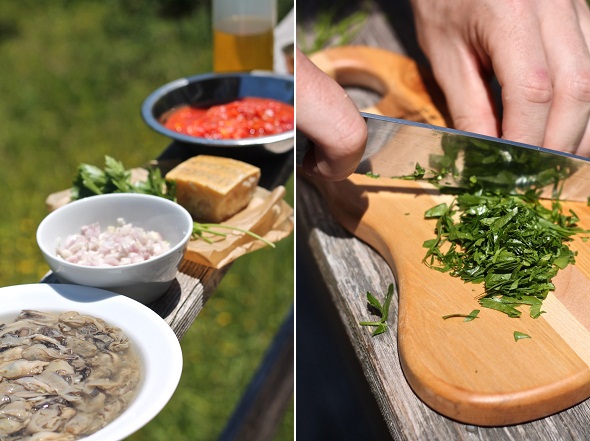
Serves 4
Pasta with Oysters, Shallots, Garlic and Tomatoes
• 40 oysters, shucked + some juice • 2 cups tomatoes, diced with juice • 3 garlic cloves, finely chopped • 3 shallots, finely chopped • small handful of flat-leaf parsley, cut in chiffonade • 1/2 cup parmigiano-reggiano, grated • 1/2 lemon juice • olive oil • salt + ground black pepper
Cook your choice of pasta in boiling water. Set aside. In a large pan, cook the oysters in a bit of olive oil for about 1 minute. Add the shallots, garlic and parlsey. Cook on high heat for another minute. Add the tomatoes and simmer for a couple of minutes. Season to taste with salt and pepper. Top the pasta with the sauce, some parmesan, parsley and a squeeze of lemon juice.
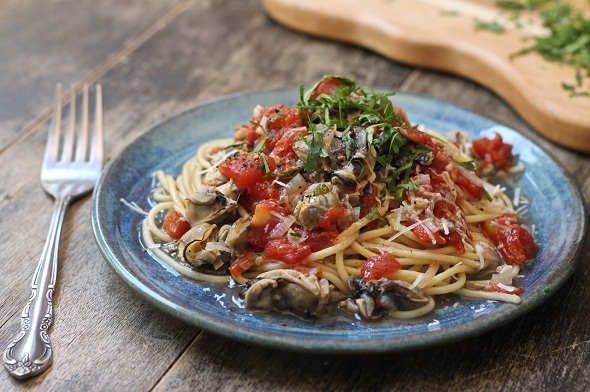

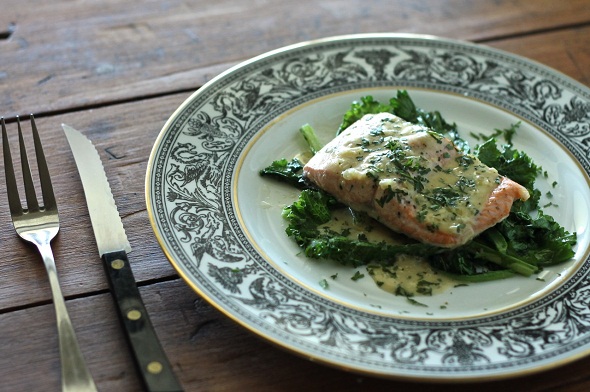 Another herb growing back from last year's garden is chervil. I use Chervil to give a dose of light liquorice flavor to poultry and fish. For this recipe, I paired it with trout and added another one of my favorite ingredients, mustard. I kept it simple. The sauce takes only a few minutes to throw together and the fish takes ten minutes to cook.
A short note on overcooking salmon or trout: don't. Fish are much better on the medium-rare side. When overcooked they tend to dry out and lose a lot of flavor. The same rule applies to meats also. Less juice, less taste.
I had steelhead trout, but rainbow or speckled will do just fine. For a side, I sautéed mustard greens to give the mustard back its leaves.
Another herb growing back from last year's garden is chervil. I use Chervil to give a dose of light liquorice flavor to poultry and fish. For this recipe, I paired it with trout and added another one of my favorite ingredients, mustard. I kept it simple. The sauce takes only a few minutes to throw together and the fish takes ten minutes to cook.
A short note on overcooking salmon or trout: don't. Fish are much better on the medium-rare side. When overcooked they tend to dry out and lose a lot of flavor. The same rule applies to meats also. Less juice, less taste.
I had steelhead trout, but rainbow or speckled will do just fine. For a side, I sautéed mustard greens to give the mustard back its leaves.
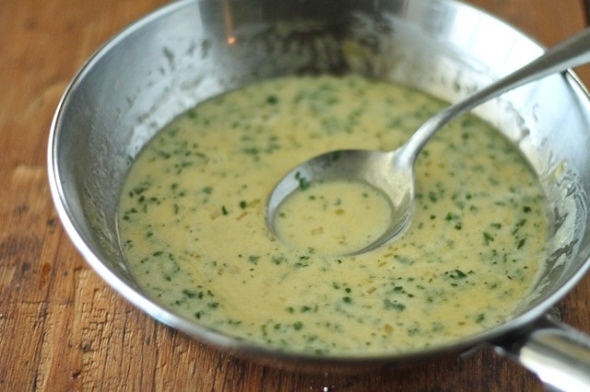
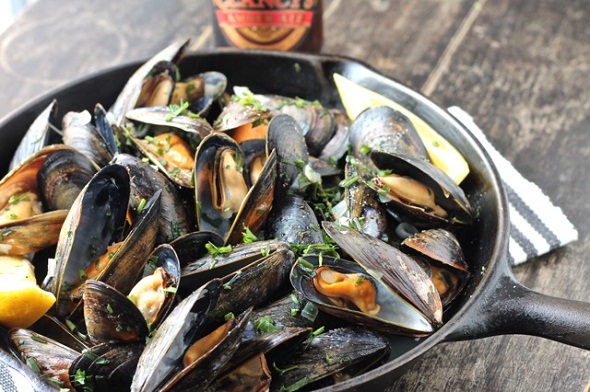 Mussels are probably my all-time favorite seafood. I like to eat them on their own, a bowlful, still steaming, with lots of broth. Cooking mussels is quick, easy, and best done outside in the sunshine, with a cold beer; in our case - Clancy's.
Mussels are probably my all-time favorite seafood. I like to eat them on their own, a bowlful, still steaming, with lots of broth. Cooking mussels is quick, easy, and best done outside in the sunshine, with a cold beer; in our case - Clancy's.
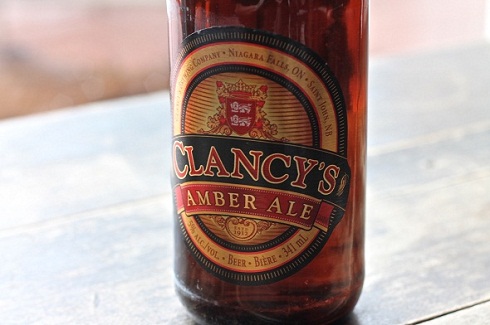
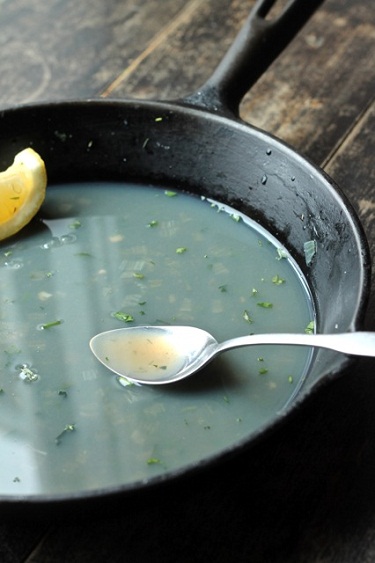
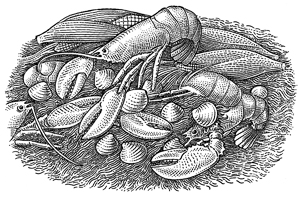 This started out as a four-part post, but lobsters just keep giving. So here's another classic - Lobster Bisque.
Bisque is the best way to savour every last scrap of your fruits de mer. A lobster's casing is full of flavour. You know what they say - waste not, want not. Next time you prepare crustaceans, remember to put a bisque on the menu too.
This started out as a four-part post, but lobsters just keep giving. So here's another classic - Lobster Bisque.
Bisque is the best way to savour every last scrap of your fruits de mer. A lobster's casing is full of flavour. You know what they say - waste not, want not. Next time you prepare crustaceans, remember to put a bisque on the menu too.


 This is one cheesy recipe, so try to use quality stuff; aged cheddar and a block of parmesan, not the pre-grated kinds. We usually make stuffed shells with spinach instead of lobster. It's one of those versatile dishes; you can always use the same recipe and just swap the lobster for something else: crab meat, beef, mushrooms, you name it. Serve the shells with a simple tomato sauce.
This is one cheesy recipe, so try to use quality stuff; aged cheddar and a block of parmesan, not the pre-grated kinds. We usually make stuffed shells with spinach instead of lobster. It's one of those versatile dishes; you can always use the same recipe and just swap the lobster for something else: crab meat, beef, mushrooms, you name it. Serve the shells with a simple tomato sauce.
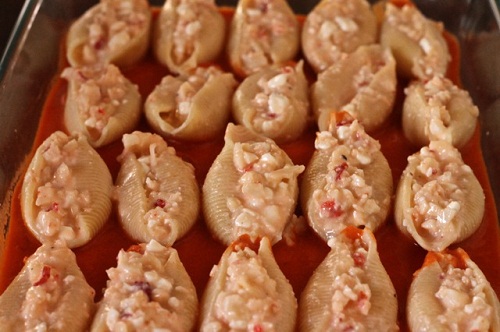
 I wanted to make a lobster roll that you could actually roll. I have nothing against the classic hot-dog bread buns, but I figured flatbreads are so easy to make, why not give those a whirl? My preferred way to eat lobster is straight up with a squeeze of lemon and soaked in garlic butter. Simple but effective. It's the same here, but rolled in a flatbread.
Also check out:
I wanted to make a lobster roll that you could actually roll. I have nothing against the classic hot-dog bread buns, but I figured flatbreads are so easy to make, why not give those a whirl? My preferred way to eat lobster is straight up with a squeeze of lemon and soaked in garlic butter. Simple but effective. It's the same here, but rolled in a flatbread.
Also check out:


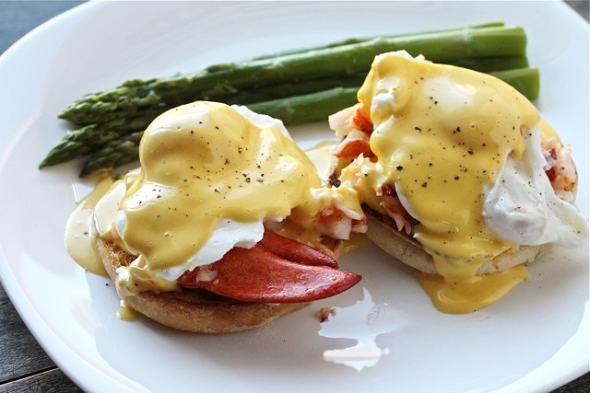 You've probably had eggs benedict with ham, smoked salmon, or spinach. Now try it with lobster. Let's add a side of asparagus, which also goes well with hollandaise sauce.Breakfast time!
For your lobster cooking need go to:
You've probably had eggs benedict with ham, smoked salmon, or spinach. Now try it with lobster. Let's add a side of asparagus, which also goes well with hollandaise sauce.Breakfast time!
For your lobster cooking need go to: 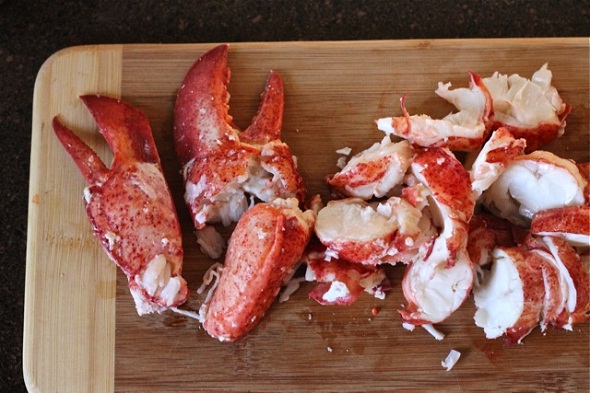
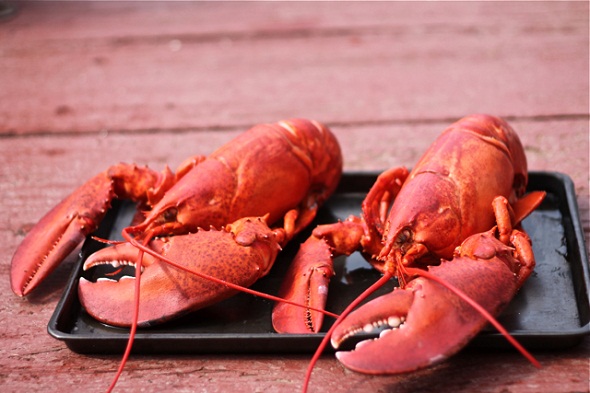 I'm making a five-part miniseries for HBO on lobsters - okay, not really, but that would be fun. We came up to New Brunswick for the week, and I've been spending quality cooking time with my dad. Outside on the deck, fixing up lobsters in the almost-spring sunshine. Making a small piece of the mountain smell like a summer bay and drinking beer. This kind of living is hard to beat.
The first part of this mini-series (bear with me) is about how to cook your lobsters. It's quite simple; all you need is salty water and lobsters. But to make them even more flavorful you can use a court-bouillon (water with aromatics and spices). A court-bouillon is like a stock but quicker to make. In mine I used onions, celery, carrots, lemon, garlic, thyme, bay leaves, salt, and black pepper. But if all you've got on hand are onions and bay leaves, it's all good. We want only to boost the lobster's natural flavor a bit.
I'm making a five-part miniseries for HBO on lobsters - okay, not really, but that would be fun. We came up to New Brunswick for the week, and I've been spending quality cooking time with my dad. Outside on the deck, fixing up lobsters in the almost-spring sunshine. Making a small piece of the mountain smell like a summer bay and drinking beer. This kind of living is hard to beat.
The first part of this mini-series (bear with me) is about how to cook your lobsters. It's quite simple; all you need is salty water and lobsters. But to make them even more flavorful you can use a court-bouillon (water with aromatics and spices). A court-bouillon is like a stock but quicker to make. In mine I used onions, celery, carrots, lemon, garlic, thyme, bay leaves, salt, and black pepper. But if all you've got on hand are onions and bay leaves, it's all good. We want only to boost the lobster's natural flavor a bit.